
How To Figure Out the Best Herbal Remedies
There are many different layers to learning about plants and herbalism. There’s learning about the plants themselves, the gifts they offer, where they grow, when to harvest, how to harvest, and so on. There’s learning how to choose the best herbal remedies for any ailment. And there’s learning how to prepare that herb. When you are starting out, it can easily feel like information overload. Trying to memorize all those layers of information can seem impossible.
I want herbs to be accessible for everyone and I believe that learning about herbs should be fun and illuminating, filled with “aha!” moments. That’s why I am passionate about hands-on experiences with herbs. Of course books or lectures are great ways to begin to learn about herbs, but when it comes to really getting it, learning by doing is often what facilitates deeper understanding of all those layers.
This article will show you how to use your sense of taste to tell the difference between two different herbal preparations. This will help you figure out the best herbal remedies for your situation.
But first, tell me: does this sound familiar? Have you ever been excited to use an herb, but you get stuck because you don’t know exactly how to prepare it?
Let’s use nettles as an example.
You’re interested in learning about stinging nettle (Urtica dioica) so you reach for a few books on the subject or do a search on the internet.
You start reading about nettle and see that it is amazing. It strengthens our hair, bones, and teeth. Nettle modulates inflammation and can address signs of chronic inflammation such as arthritis and eczema. It can address insulin resistance and type 2 diabetes by reducing blood glucose levels and by modulating inflammation. Many people rely on nettle to get them through their seasonal allergies. And, you don’t need a reason to enjoy nettle, as it makes a delicious and nutrient-dense food.
With all these reasons to enjoy nettle, you are excited to use the herb yourself.
So where to start? How do you prepare nettle?
One website recommends making a nettle tea by steeping a bit of leaves in a small amount of just-boiled water.
Another source recommends making a nourishing herbal infusion by steeping a handful or two of stinging nettle in a lot more water and for a lot longer.
Which is best?
Let’s try them both, and then use our senses to figure out the best herbal remedies with nettle!
A Nettle Experiment
Even if you think you have a pretty good idea of the differences between these preparations, I recommend doing this exercise. It is by physically doing something that we really learn. If you simply read this article and then move on to the 1,001 other things in your life today, it’s unlikely you are going to remember or gain deeper insights on the best herbal remedies. Involving our senses in the learning process is the best way to truly learn something.
Step 1: Make a Nourishing Herbal Infusion with Stinging Nettle Leaf
A nourishing herbal infusion is a type of water based extraction made popular by herbalist Susun Weed. This method uses a lot more herbs and a longer steeping time than you typically use in a tea.
Here’s how to make it.
Weigh out 28 grams of dried stinging nettle leaf. If you have finely cut leaf, this is about two cups of material. (It’s always best to weigh plants to get the best sense of how much you are using.)
Place the leaves in a quart canning jar. Fill the jar with just-boiled water. Stir well, add more water if necessary. Cover and let sit for 4 to 8 hours or overnight.
Strain.
Move on to Step 2.
Step 2: Make a Tea with Stinging Nettle Leaf
Place 1 teaspoon of dried nettle leaf into a half-pint glass jar or lidded mug.
Pour 1 cup of just-boiled water over the leaves. Stir well. Cover and let steep for 10 minutes.
Strain. Let it cool.
Move on to Step 3.
Step 3: Let’s Taste!
Now that you have both of your herbal preparations we can use our senses to look at and taste the differences between them.
Okay, let’s begin…
First start with how the two preparations look. Is there a difference in color?
Next smell the two. Do they smell different?
Take a sip of your tea. Spend some time with it to really get a sense of its varying tastes, as well as how it feels in your body.
Now take a sip of the nourishing herbal infusion. Take some time with this to really get a sense of their different qualities.
You could note your personal preferences, but also spend time observing without judgement to simply notice what each preparation is like.
I recommend focusing solely on the experience at first, then, take some time to write down your observations.
You’ll get the most out of this article by tasting these preparations yourself. And while I don’t want to give you all the answers, here are some things to consider.
Nettle is considered to be a salty herb. You may have noticed that neither of these preparations taste like table salt or even like salty seaweed. Instead, this salty classification refers to its mineral-like taste. Nettle is high in many nutrients including minerals like magnesium and potassium. Now here’s a hint: vitamins and minerals are best extracted with prolonged hot water.
Keeping your nettle tasting experience in mind, which nettle preparation do you think would be best for building strong hair, bones and teeth? What preparation would be best for serving an afternoon tea to a friend?
This Is Just the Beginning
When you regularly do tasting experiences like this, you will continually build on your sensorial knowledge of herbs. In time you’ll be able to taste the difference between nettle that has been picked at different times of year or in different climates. You’ll also be able to easily tell if the nettle is freshly dried or if it is past its prime and no longer very potent. By developing your “Taste Toolbox,” you will create your own inner knowing that goes way behind memorizing lists of how to prepare plants. You will know how to figure out the best herbal remedies.
With nettle alone I could think up many more ways to experiment with preparations and get to know the herb more deeply.
- What if you simmer the leaves for 20 minutes? Or put them in a crock pot on low overnight?
- What’s the difference between a nourishing herbal infusions that steep for 4 hours compared to 8 hours?
- What if you used cold water rather than hot water?
- How does nettle tincture taste compared to the tea? How does fresh nettle tincture compare with dried nettle tincture?
Nettle is a deeply nourishing and restorative plant and its gifts are most powerfully felt when taken over time. This realization leads to even more experiments.
- How do you feel when you drink nettle tea daily for a month?
- How do you feel when you drink a nettle nourishing infusion daily for a month?
- And how do you feel when you take 1-3 drops of nettle leaf tincture daily for a month?
- How do you feel when you take 15 mLs (about 1 Tablespoon) of nettle leaf tincture daily for a month?
- What changes do you notice after drinking a nettle nourishing herbal infusion for six months?
Of course there are many more herbs out there leading to many more tasting experiences. It’s true – we will never get bored as herbalists! Your Taste Toolbox is an important gateway towards many deeper understandings of the herbs.
While reading a chapter or article on stinging nettle is important, it’s not until we actually work with the plant that this knowledge can become transformative. By welcoming herbs into our lives – by growing them or harvesting them, smelling them, tasting them, and making different preparations out of them – we can truly bring their gifts to life while deepening our understanding.
Now I’d love to hear from you.
What are your insights from comparing a nettle tea to a nettle nourishing infusion?
How do you use taste and sensory experience when you’re looking for the best herbal remedies?
Let me know in the comments below.
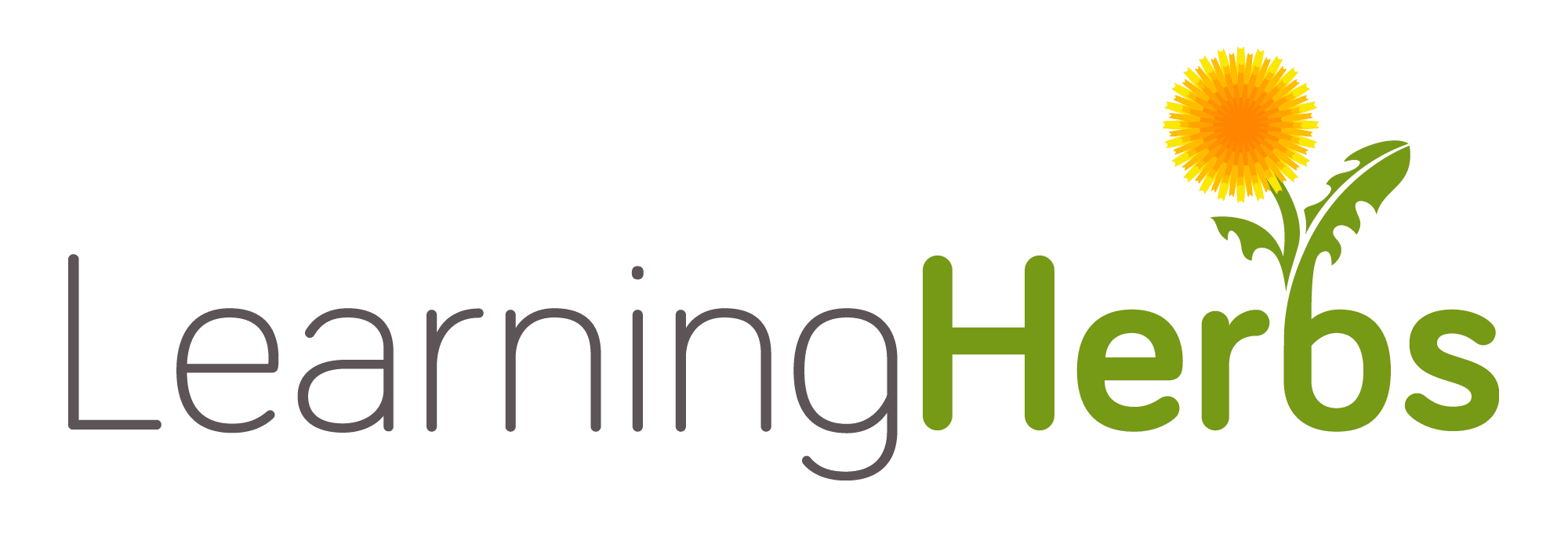

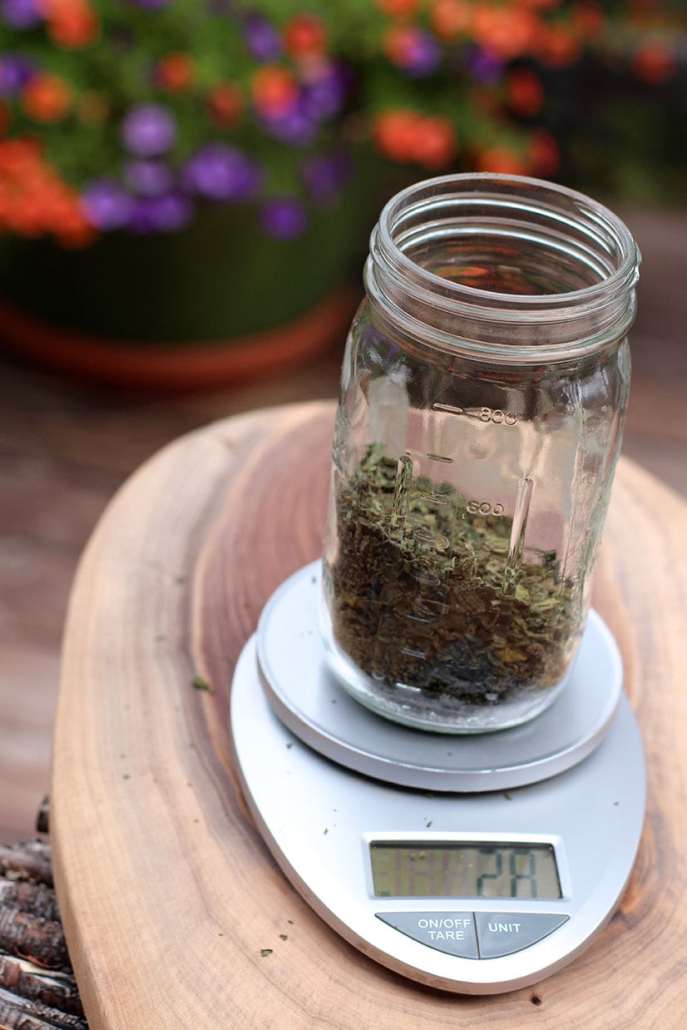
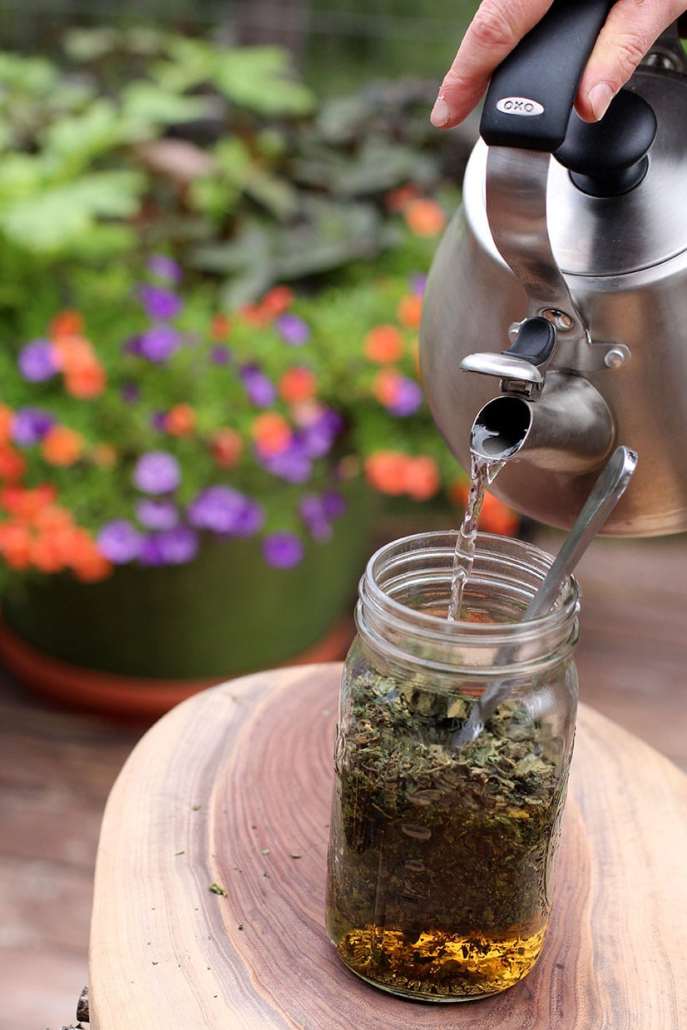
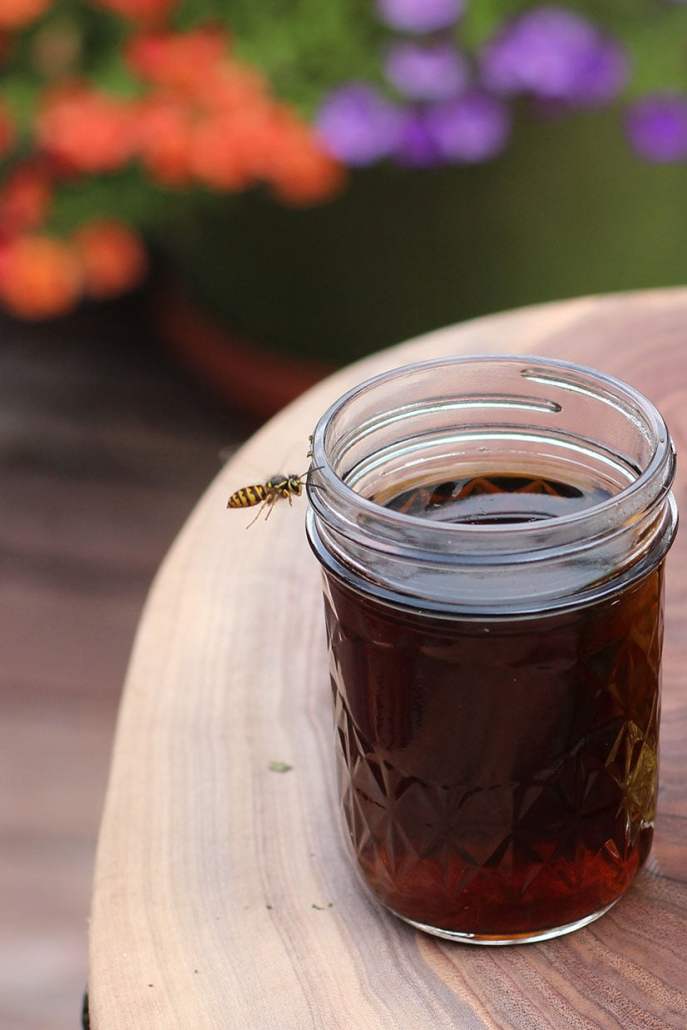



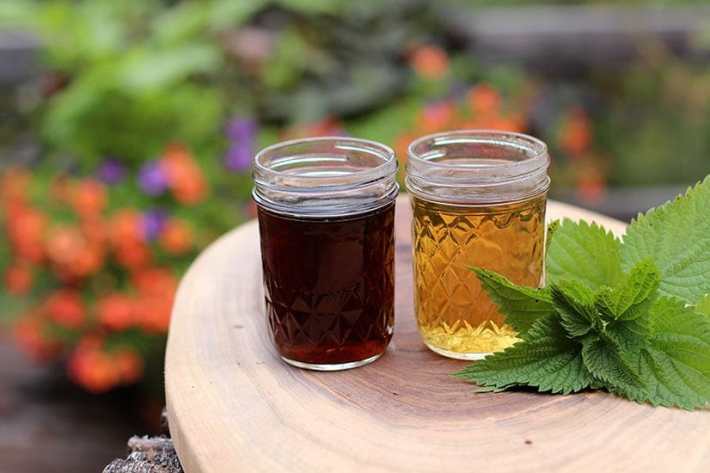
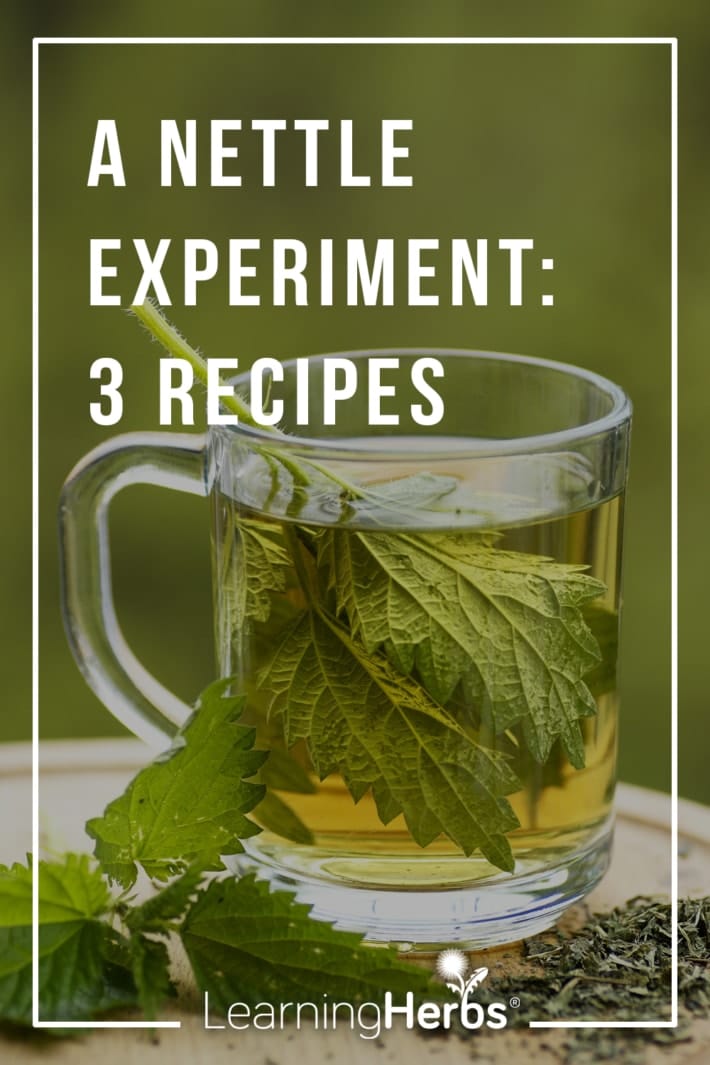
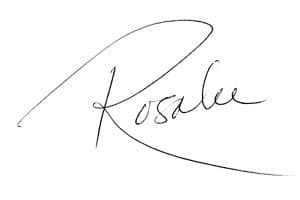






Awesome. What a great way to experiment. And so many herbs to experiment with! How do you keep from feeling overwhelmed by the possibilities?!
Great question! There are so many possibilities and it can be easy to be overwhelmed. Here’s two things I do.
1. Follow my curiosity. Questions will pop into my head “I wonder…?” So I go with that inspires me – that makes it fun for me.
2. Something I learned from Kimberly Gallagher many years ago is to try one new thing with a favorite herb every year. In that way we slowly build our experiences while really get to know the plants. Slow and steady comes to mind. :)
Brewing it/stewing it for longer – is this bringing out more of the tannins, so that it is darker? Some vitamins are destroyed by longer heat treatment, do you know what is retained in shorter infusions or cold infusions and what is lost by longer heat exposure? I know marshmallow benefits more by cold infusion for a time and I would be lost without that infusion – it’s saved my bladder from chronic pain for some years now. Thanks for the wheel I will study it.
Hi Rosalee,
I’m very new to herbs, so could you tell me how to dry the nettle leaves please? Is it air drying or in the oven?
Thanks for your willingness to share your knowledge!
Mike
I harvest the nettles when they are young, well before they’ve gone to flower/seed. I dry mine on a screen without an oven or even a dehydrator. Keep in mind that I live in a very dry climate so those in a humid climate may need a dehydrator of some sort.
Thank you!
Hi Rosalee,
What a fun experiment. I have been drinking nettle infusions for years but have never had a cup of tea :). It was so interesting tasting the difference between the two. This was very helpful to understand different ways to spend time with an herb to learn more about it.
I busted out laughing when you asked which you would serve to a friend for afternoon tea. Most of my people would run out of the room if I gave them a cup of infusion :)ha!
Thanks! Mary
High Roselee, I started following Susan Weed and I have been doing infusions with different herbs and love how they all make my body feel different. I live in canada do you know of a good resource where I can buy in bulk? I have bought from company and they do not taste good, they taste old and stale and do not feel good to the body.
I have a listing of herbal farmers in Canada: http://www.herbalremediesadvice.org/Herb-Farms-Wildcrafters.html
Thank you for this great information and a new way to learn about herbs.
This will be a great experiment for me to do with our 16 year old son is is learning about herbs with me.(And a great way to sneak extra nutrients into him!!) Thank you for all you do, Rosalee. It is such a joy to read your articles and watch the videos.
Thanks Laura!
How much does a person drink of the tea and how much of the tincture would you take?
The general recommendation for a stinging nettle nourishing infusion is 30 grams of the dried leaf per day. The tincture is entirely different in that you don’t use it for vitamins/minerals. I cover nettle extensively in my book, Alchemy of Herbs, and include dosage information for all the herbs in the book.
I have been working with herbs off and on for years. I have made infusions from Susun’s books. I have a question though. Are there some nutrients destroyed by heat?
Melissa del bosque
We use heat with Nourishing Herbal Infusions to pull out the vitamins and minerals. Without heat it’s not going to be as nutrient dense. Are other constituents altered with the heat? Perhaps? But that’s why I think it’s a good idea to eat a variety of foods, cooked, raw, etc in order to get a variety of nutrients.
I am so excited to try this! Right now, I only have powdered nettle. What is your take on powdered vs dried leaf? How much powdered nettle would you recommend for the infusion and for the tea? Does your book include dosage for children? Thank you so much!
Powdered nettle will work fine! It will just be a bit harder to strain. You would use the same amount 28 grams for the infusion and a teaspoon for the tea.
Thank you for this great information, Rosalee. For one, I can’t consume nettles without getting very nauseated unless I simmer them in a soup for a half hour. Then they’re delicious. I also can’t afford to buy enough nettles to have them every day. Instead, I pick them from my patch in my back yard and dry them when picking them after they’re more mature. Then I eat them once a week for the duration as another vegetable on my rotation. I like to believe I have a special relationship with the ones I grow in my own back yard (and talk to lovingly). I can’t tell you exactly what they do for me other than taste great, but I seem to be pretty healthy other than having a sensitive digestive system.
Hi, I love this idea, and am very interested in exploring herbs this way, however as someone completely new to herbs i’m Wondering about potential risks or side effects, esp if taking daily for weeks, For example, I have high blood pressure and read once that I shouldn’t take nettles as dangerous for HBP? Should I skip this one (nettles?) and is there any guide to checking others as I haven’t discovered an awful lot of information on risks online or in books. Thanks so much
Fiona xx
Hi Fiona, Nettle is a nourishing herb – you could think of it as a really nutrient dense vegetable. Drinking it every day is like eating your vegetables every day. I have never heard of it being dangerous for HBP. The biggest issue I’ve seen with nettles is that it can be drying for some people and so they might experience headaches or simply feel like their hair/skin is really dry when they drink it regularly. The best herbal safety book that I know is the Botanical Safety Handbook. Unfortunately that’s a large textbook that costs about $100. I do list safety considerations for the herbs I include in my book, Alchemy of Herbs.
I was fascinated to hear of the different ways to treat nettle leaves. What a difference in colour between the ‘tea’ and the overnight version. It was a revelation how many variations you do in your search for knowledge. Thank you for your lesson.
Loving it Rosales and your book, your sharing of your knowledge and experience is enlightening and encouraging . God bless and looking forward to more.
What I learned is that you don’t poor boiling water over your herbs. The boiling water destroys the valuable minerals and vitamins so you need to wait at least a minute or two before you poor the hot water over your herbal infusion or tea. And I do prefer my nettle tea dark it’s more potent .
I haven’t ever had the tea but b/c of you & Alchemy of Herbs, well nettle has changed my life. Just by drinking a quart of nettle nourishing infusions, my body aches are gone, my fatigue is starting to get better, & I just feel better overall. And if I miss a week of it, I can REALLY tell the difference. Thank you for all that you do. Because of you, a 41 year old woman has her life back.
Hi Rosalee. Thank you for all your guidance. I was once an herbal book-a-holic, so I appreciate this great way of explaining all this. It makes a great deal of sense. My question is that on the choices for the way my skin feels, it is VERY dry especially in winter, but it’s not rough. I have very soft skin but it drinks moisture like a sponge. Do I still select “rough/dry” since I’m split?
Rosalee, In Florida, “our” commonly named stinging nettle is actually in a completely different genus than Urtica. However, there are other more commonly occurring species of Urtica than U. dioica. (In fact, I’m not certain I’ve ever seen U. dioica.) Do you know if U. chamedryoides can be used in this exercise?
Ok, question. I’m kind of assuming you harvest your own nettle, and I have definitely encountered the *stinging* side of nettle. How does that play into tea and infusions and stuff? How do you acquire fresh nettle? Does the sting go away once it’s dried? How do you HANDLE fresh nettle?
These are things that need to be fleshed out for me. Because I’m not exactly a fan of the sting.
What is your take on Nettle and pregnancy? I’ve read it is not recommended but then other places says it can be. Is it more of a person to person and how your body uses it? Do you have a good resource for herbs and pregnancy?
I found the webinar really interesting and I have been doing more “natural” things with home and health so I’m in the information time.
Thanks!